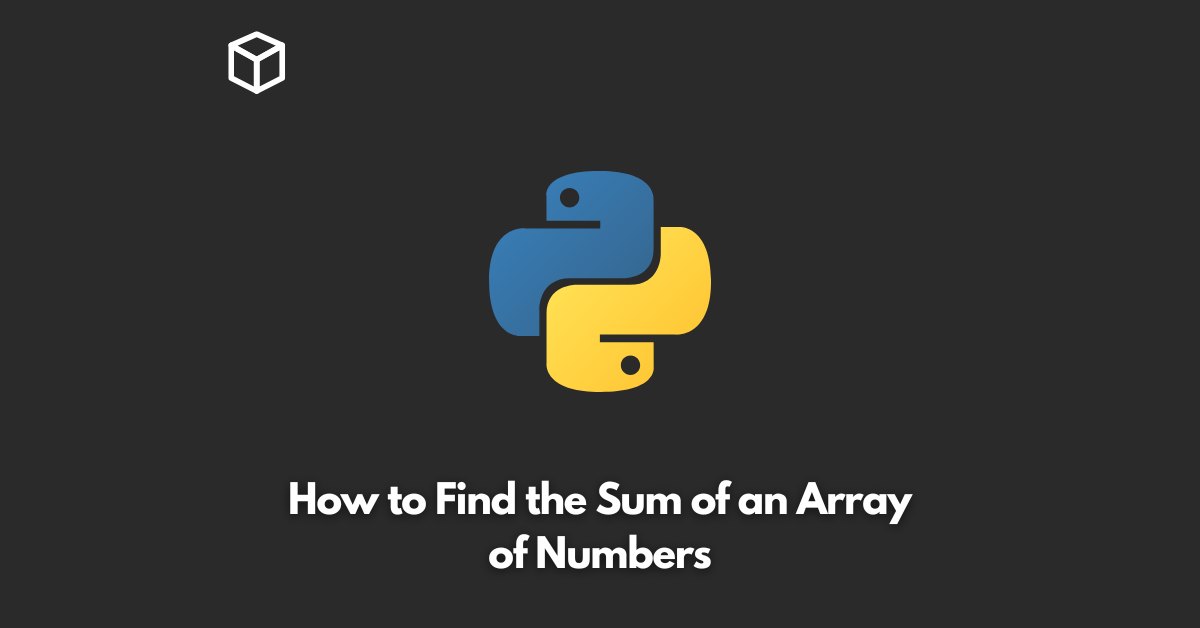Summing up an array of numbers is a common operation in programming.
In this article, we will explore different methods to find the sum of an array of numbers, including both iterative and functional approaches.
We will also look at code examples in various programming languages to help you understand the concept better.
Understanding Arrays
An array is a data structure that holds a collection of elements, which can be of any data type, including numbers.
Arrays are widely used in programming and are an essential building block for many algorithms and data structures.
Iterative Approach
The most straightforward method to find the sum of an array of numbers is by using an iterative approach.
This involves looping through the array and adding each element to a running total. Here is a code example in JavaScript:
function sumArray(array) {
let sum = 0;
for (let i = 0; i < array.length; i++) {
sum += array[i];
}
return sum;
}This method is easy to understand and implement, but it can become slow and inefficient if the array is very large.
Functional Approach
Another method to find the sum of an array of numbers is by using a functional approach.
This involves using higher-order functions to manipulate the elements of the array. Here is a code example in Python:
def sum_array(array): return sum(array)
This method is more concise and efficient than the iterative approach, but it may be less intuitive for beginners.
Conclusion
In this article, we explored different methods to find the sum of an array of numbers, including both iterative and functional approaches.
Whether you prefer the simplicity of the iterative approach or the efficiency of the functional approach, the important thing is to understand the concept and choose the method that works best for you and your specific use case.




